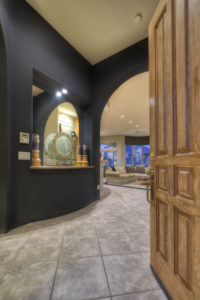 By Joe Szabo, Scottsdale Real Estate Team
Drop zones, mudrooms, utility rooms, entryways, “places to leave your stuff.” Whatever you choose to call them, these spaces are invaluable as a spot to kick off your shoes, drop your keys, and keep everything you’ll need for the next day right where you left it.
Sometimes these spaces can be hard to come by, especially if you live in an apartment or studio. Without organization, shoes usually end up piled in front of the door waiting to trip an unsuspecting victim, and an array of backpacks, mail, dog leashes and knickknacks can clutter your home to the point of embarrassment.
But having a dedicated, organized and stylish drop zone for all of your daily needs — and to welcome your guests — is absolutely achievable, no matter the size or design of your living space.
Try these tips to establish a functional entryway in a home of any size.
By Joe Szabo, Scottsdale Real Estate Team
Drop zones, mudrooms, utility rooms, entryways, “places to leave your stuff.” Whatever you choose to call them, these spaces are invaluable as a spot to kick off your shoes, drop your keys, and keep everything you’ll need for the next day right where you left it.
Sometimes these spaces can be hard to come by, especially if you live in an apartment or studio. Without organization, shoes usually end up piled in front of the door waiting to trip an unsuspecting victim, and an array of backpacks, mail, dog leashes and knickknacks can clutter your home to the point of embarrassment.
But having a dedicated, organized and stylish drop zone for all of your daily needs — and to welcome your guests — is absolutely achievable, no matter the size or design of your living space.
Try these tips to establish a functional entryway in a home of any size.
3 Steps to Creating an Organized Entryway (Even If You Don’t Have the Space) By Joe Szabo, Scottsdale Real Estate Team
 By Joe Szabo, Scottsdale Real Estate Team
Drop zones, mudrooms, utility rooms, entryways, “places to leave your stuff.” Whatever you choose to call them, these spaces are invaluable as a spot to kick off your shoes, drop your keys, and keep everything you’ll need for the next day right where you left it.
Sometimes these spaces can be hard to come by, especially if you live in an apartment or studio. Without organization, shoes usually end up piled in front of the door waiting to trip an unsuspecting victim, and an array of backpacks, mail, dog leashes and knickknacks can clutter your home to the point of embarrassment.
But having a dedicated, organized and stylish drop zone for all of your daily needs — and to welcome your guests — is absolutely achievable, no matter the size or design of your living space.
Try these tips to establish a functional entryway in a home of any size.
By Joe Szabo, Scottsdale Real Estate Team
Drop zones, mudrooms, utility rooms, entryways, “places to leave your stuff.” Whatever you choose to call them, these spaces are invaluable as a spot to kick off your shoes, drop your keys, and keep everything you’ll need for the next day right where you left it.
Sometimes these spaces can be hard to come by, especially if you live in an apartment or studio. Without organization, shoes usually end up piled in front of the door waiting to trip an unsuspecting victim, and an array of backpacks, mail, dog leashes and knickknacks can clutter your home to the point of embarrassment.
But having a dedicated, organized and stylish drop zone for all of your daily needs — and to welcome your guests — is absolutely achievable, no matter the size or design of your living space.
Try these tips to establish a functional entryway in a home of any size.








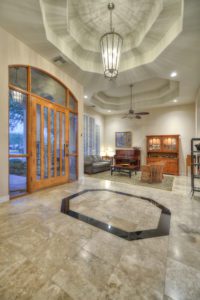 By
By  Curious how much these hidden homeownership costs are in your area? Here’s a breakdown of the metros analyzed in the report:
Curious how much these hidden homeownership costs are in your area? Here’s a breakdown of the metros analyzed in the report:
 Please note that this Scottsdale Real Estate Blog is for informational purposes and not intended to take the place of a licensed Scottsdale Real Estate Agent. The Szabo Group offers first class real estate services to clients in the Scottsdale Greater Phoenix Metropolitan Area in the buying and selling of Luxury homes in Arizona. Award winning Realtors and Re/MAX top producers and best real estate agent for Luxury Homes in Scottsdale, The Szabo group delivers experience, knowledge, dedication and proven results. Contact Joe Szabo at 480.688.2020,
Please note that this Scottsdale Real Estate Blog is for informational purposes and not intended to take the place of a licensed Scottsdale Real Estate Agent. The Szabo Group offers first class real estate services to clients in the Scottsdale Greater Phoenix Metropolitan Area in the buying and selling of Luxury homes in Arizona. Award winning Realtors and Re/MAX top producers and best real estate agent for Luxury Homes in Scottsdale, The Szabo group delivers experience, knowledge, dedication and proven results. Contact Joe Szabo at 480.688.2020, 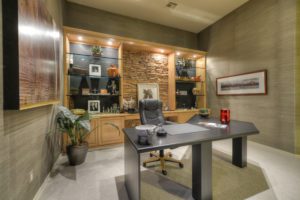 By
By 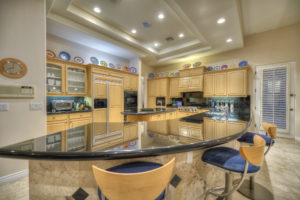 By
By 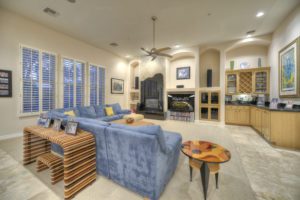 By
By 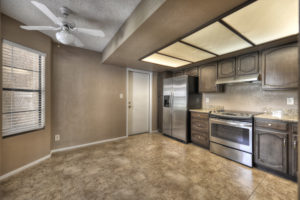 By
By  Turn your backyard into a cozy camp spot by making your own fire pit. This outdoor DIY project is easy to complete, and you’ll be making s’mores and cuddling up by the fire in no time.
Turn your backyard into a cozy camp spot by making your own fire pit. This outdoor DIY project is easy to complete, and you’ll be making s’mores and cuddling up by the fire in no time.
 By
By 


